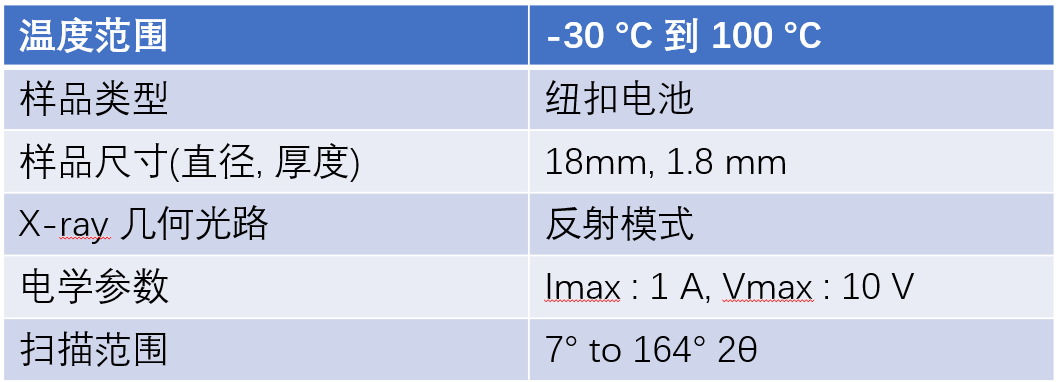
As a promising candidate in the new generation of energy storage technologies, lithium-ion batteries (LIBs) have rapidly developed and are widely used in traditional consumer electronics products to large-scale energy storage systems. Due to the increasing demand in extreme environmental conditions, such as in cold polar regions and hot arid regions, batteries can operate in a wide temperature range of -30 ° C to 100 ° C. However, many studies have shown that the effect of temperature on the electrochemical performance of LIBs at high and low temperatures can be affected. In fact, in electric vehicles (EVs), the operating temperature range of LIBs is 15 ° C to 35 ° C. The electrochemical performance of batteries is affected by extreme environmental conditions. For example, at low temperatures, an increase in the viscosity of the electrolyte can lead to a rapid decrease in ion conductivity; At high temperatures, the charge transfer resistance of the cathode increases. Meanwhile, polymer materials in batteries, such as binders, become fragile and lose their original performance at low temperatures, thereby reducing their electrochemical performance. The chemical effects related to extreme conditions are mainly due to structural changes in electrode materials. Recently, there have been reports that high operating temperatures can accelerate the dissolution of metal layers and the release of oxygen in layered cathode materials. In addition, irreversible structural damage to the cathode can be observed at low temperatures through a full field transmission X-ray device. Therefore, although it is challenging, it is very important to have a deep understanding of the influence of temperature parameters on the internal electrode structure of LIBs.
Product details:
This is a novel temperature dependent electrochemical system for real-time X-ray diffraction (XRD) research, operated using a laboratory X-ray source. This design is combined with a specialized in-situ XRD battery device (ISXRD-LIB102) for in-situ XRD characterization of standard batteries. The beryllium window with a circular design of 30 millimeters in diameter is used, and the detection angle range of this in-situ system is from 7 ° to 164 °°, and can operate within -30°C to 100°Collect XRD patterns within a wide temperature range of C. This in-situ system enables in situ research on the structural evolution of electrode materials, thereby gaining a deeper understanding of the structural evolution process of electrode materials.
This product mainly consists of a vacuum shell, an in-situ battery device, a heating system, a semiconductor refrigeration system, a vacuum system, a water cooling system, and a temperature control system.

Features and advantages:
Temperature range from -30°C to 100°C
Airtight battery compartment
Rapid heating and cooling
The temperature sensor is close to the sample and can accurately measure the temperature
The sample holder has high positional stability and small thermal expansion
Easy operation and replacement of samples
Compact design
Technical parameters:





